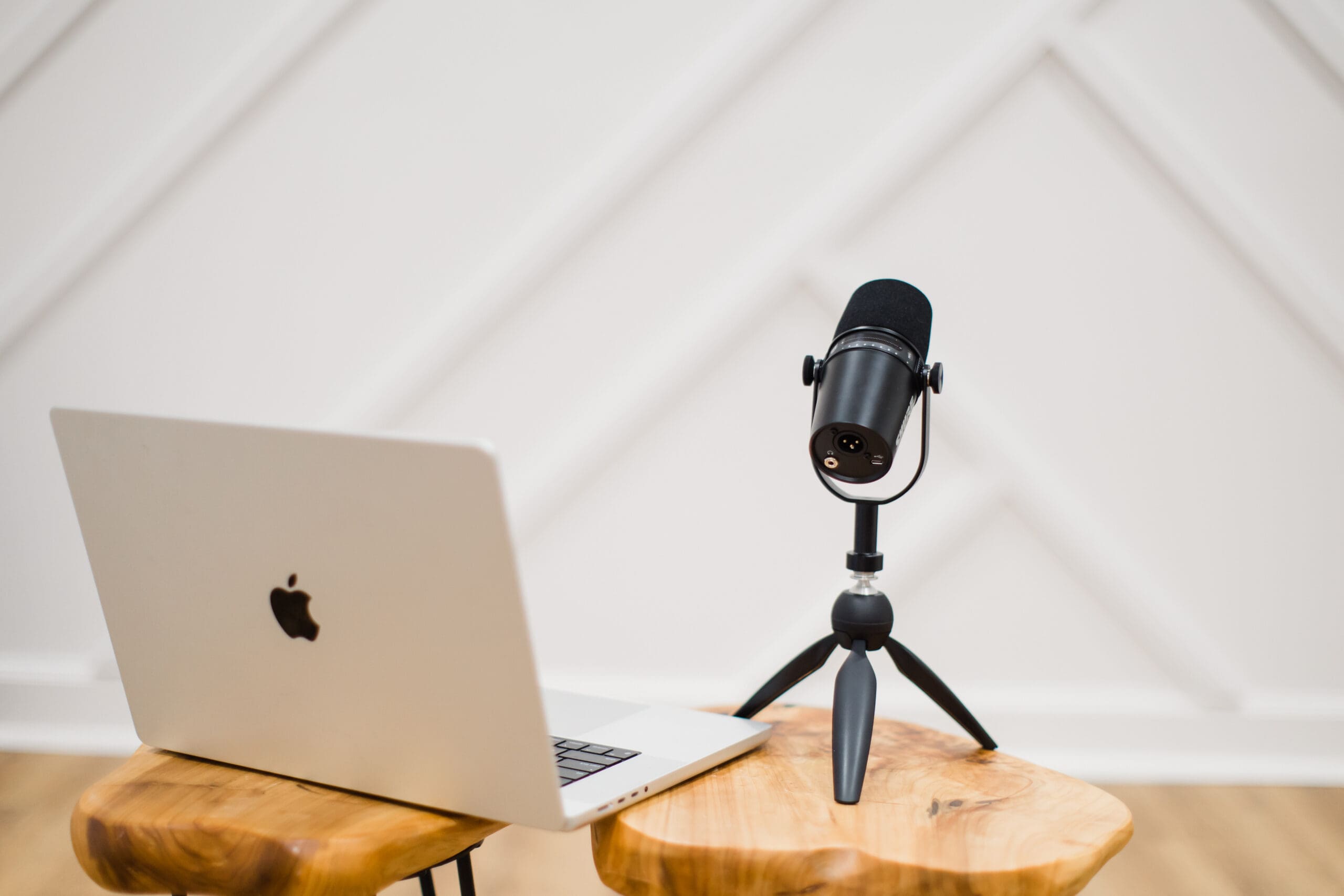Ask Amanda [Parenting Self Care, EMDR, Tangible Depression Tools]
Episode 24: Spotify | Apple Podcasts | YouTube
View transcript on Buzzsprout
This special “Ask Amanda” episode tackles three listener-submitted questions, diving deep into real-life struggles with parenting self-care, EMDR therapy, and navigating high-functioning depression. Whether you’re a stay-at-home parent, exploring trauma healing, or looking for tangible tools that actually help, this episode brings practical insight and grounded support.
Have a question you’d like answered on the podcast? Submit it here.
What We Cover in This Episode
- How to approach self-care as a busy stay-at-home parent
- What EMDR is, how it works, and when it’s helpful
- The difference between EMDR and somatic coaching
- Tangible tools for depression and nervous system support
- Understanding the nervous system’s role in mental health
Rethinking Parenting Self-Care
Self-care often gets framed as indulgent or elaborate—but for overwhelmed caregivers, especially stay-at-home parents, it needs to be practical and regulating. Amanda encourages listeners to shift the question from “How can I do more?” to “How can I do different?”
Start with the morning. How you begin your day matters. Waking up even 10 minutes before your child can create space for nervous system check-ins, gentle somatic practices like gargling or distance viewing, or simply quiet time on the porch with tea. This isn’t about a perfect routine—it’s about anchoring your day in presence and regulation.
Make use of transitions. After school drop-off, instead of rushing to the next task, try a regulation ritual: distance viewing, color spotting, or a few deep breaths. These small moments recalibrate the nervous system and expand capacity.
And don’t forget the big picture. Overactivity in childhood can fuel a lifelong discomfort with rest. If your child’s schedule feels like too much for them—or you—it’s okay to simplify.
What Is EMDR?
EMDR (Eye Movement Desensitization and Reprocessing) is a therapy designed to reduce the emotional intensity of traumatic memories. It uses bilateral stimulation—like eye movement, tapping, or sounds—to mimic REM sleep and help the brain integrate traumatic experiences.
Helpful for:
- Single-event trauma
- Emotional distress from specific incidents
Less effective for:
- Complex trauma
- Chronic stress patterns without clear events
Amanda notes that some clients find EMDR life-changing. Others feel neutral or frustrated. What matters is understanding that EMDR is a tool—not a cure-all.
EMDR vs. Restore: What’s the Difference?
Restore, Amanda’s 1:1 coaching program, offers a whole-human approach to healing. While EMDR often targets specific trauma memories, Restore guides clients through a structured journey:
- Education and Awareness: Learn the nervous system science behind your symptoms.
- Regulation: Build a toolkit of somatic practices personalized to your patterns.
- Rewiring: Use parts work, somatic trauma release, and belief repatterning.
- Resourcing: Shift into sustainable wellness and post-traumatic growth.
Where EMDR can offer relief from a memory, Restore equips you to navigate life with more capacity and resilience.
Tangible Tools for Depression
When a listener shared their experience with high-functioning depression and anorexia, Amanda emphasized the importance of physiological safety.
Key reminders:
- Chronic caloric deficits signal danger to the nervous system, worsening dysregulation.
- Depression often arises when the system is overwhelmed and energy-conserving.
Amanda recommends starting with basics: sleep, food, morning sunlight, vagal toning. But to create lasting change, deeper work is needed. This might mean addressing underlying beliefs, healing trauma, or working with a provider who supports nervous system regulation.
For accessible support, check out the Regulated Living Membership—monthly tools and guidance for sustainable healing.
Three Tangible Takeaways
- Self-care isn’t more, it’s different: For parents or anyone overwhelmed, micro-regulation moments and nervous system check-ins can make a meaningful difference.
- EMDR is a tool, not a strategy: It can help process traumatic memories, but may not be enough for complex trauma or chronic dysregulation on its own.
- Depression is physiological, not a flaw: Addressing nourishment, nervous system safety, and sustainable regulation creates space for healing.
Looking for more personalized support?
- Book a FREE discovery call for RESTORE, our 1:1 anxiety & depression coaching program (HSA/FSA eligible & includes comprehensive bloodwork)
- Join me inside the Regulated Living Membership, a mental health membership and nervous system healing space (sliding scale pricing available)
- Join my Release Class – Monthly guided nervous system regulation class
- Order my book, Healing Through the Vagus Nerve today!
- Download free resources here
*Want me to talk about something specific on the podcast? Let me know HERE.
Disclaimer: This article is for informational purposes only and is not a substitute for professional medical advice, diagnosis, or treatment. Always seek the advice of your physician or qualified mental health provider with any questions you may have regarding a medical condition.

Leave a Reply Cancel reply
A mental health newsletter that feels like a deep breath: simple, grounding, and here to remind you that healing is possible.
The Weekly Rewire
Navigate
Regulated Living provides neuroscience-backed mental health coaching to help you regulate your nervous system and reclaim your life from anxiety and depression.
Heal
Learn
Paragraph